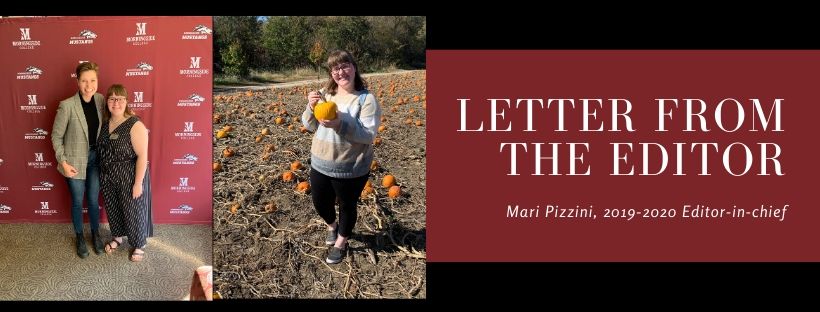
The Morningside Review is, to date, my proudest accomplishment. Morningside is a home and a community, but it is also filled with outstanding students who deserve to be recognized. For once, my talents had a place to shine in Kiosk, but so many other people never had the opportunity to be published; I wanted to change that.
For being such a small school, Morningside offers its students ample opportunity to be the best they can be. Research projects and symposiums are created and held, conferences are attended and presented at, international connections are achieved, and students are allowed to shine. There has never been a time where my ambition has been met by “that’s too risky” or “you’re not ready” while studying at Morningside. The Morningside Review stands to prove that.
As editor-in-chief of The Morningside Review, I have learned teamwork, cooperation, patience, and the irreplaceable idea that what I set my mind to can be accomplished. Morningside provides students of every caliber the ability to succeed beyond the ordinary. Our slogan states that we are to cultivate lifelong learning, ethical leadership, and civic responsibility. I hope that this publication meets all those standards; in my eyes, it does.
My hope is that every Morningsider now and in the future believes that their work is important. I hope that The Morningside Review proves to them that they are valued. I hope that every student, no matter their background or what their future holds, realizes that they are intelligent and talented. Finally, I hope The Morningside Review proves that no matter your discipline, Morningside is a community.
I want to thank Leslie Werden and Steve Coyne for believing in me so that I could believe in everyone else. I want to thank Ally Hecht, Ben Heib, and Kailyn Robert for being my incredible student team. To John Reynders, thank you for supporting and encouraging my crazy idea. Erin Edlund, Jessica Pleuss, and Tim Sesterhenn, thank you for taking on another responsibility in the name of student research. To Tatum, thank you for your countless emails and support. To my parents, I would not be who I am today without you. And to God, thank you for making me a capable and strong female.
The Morningside Review is for all of us.
